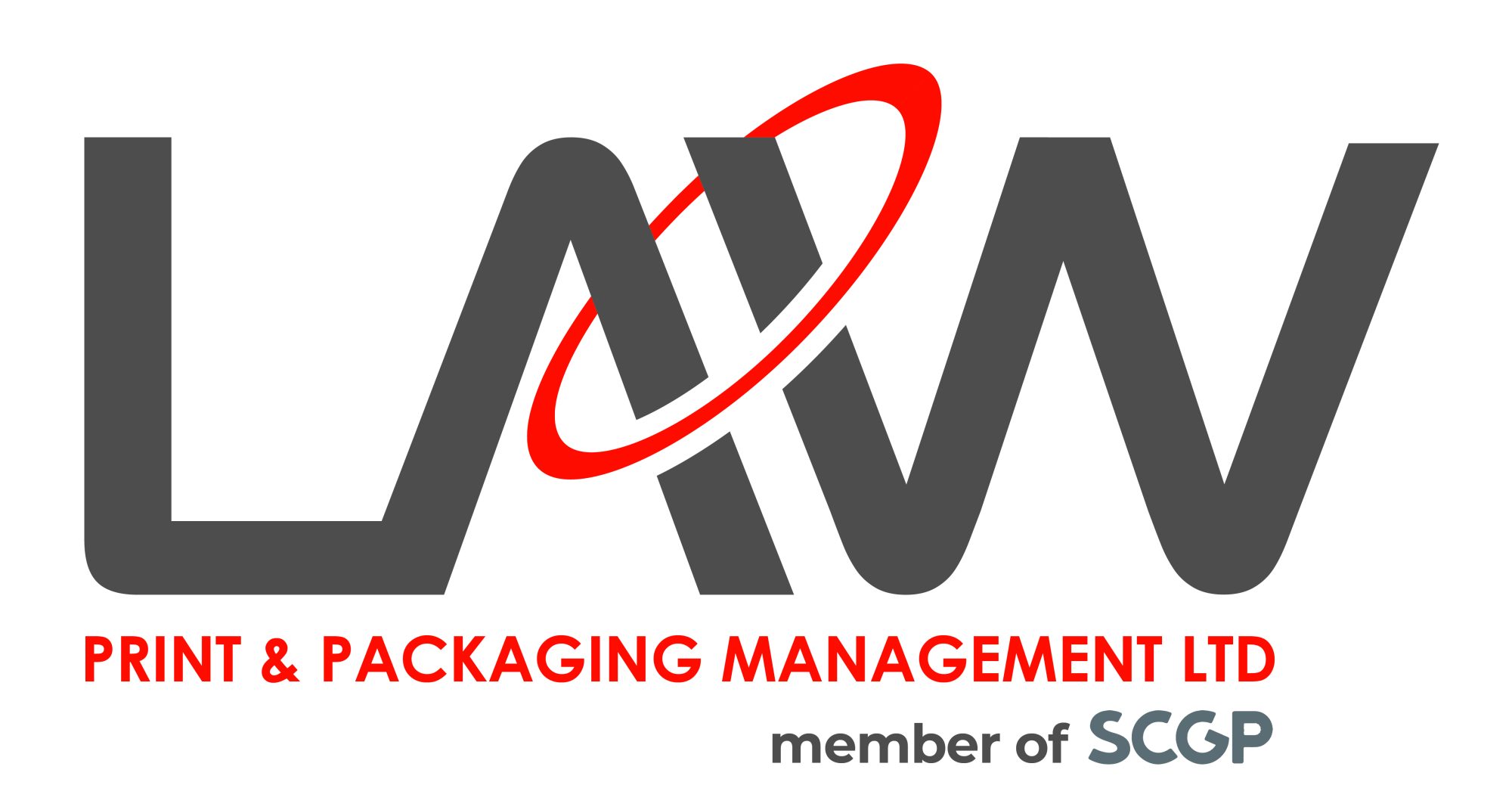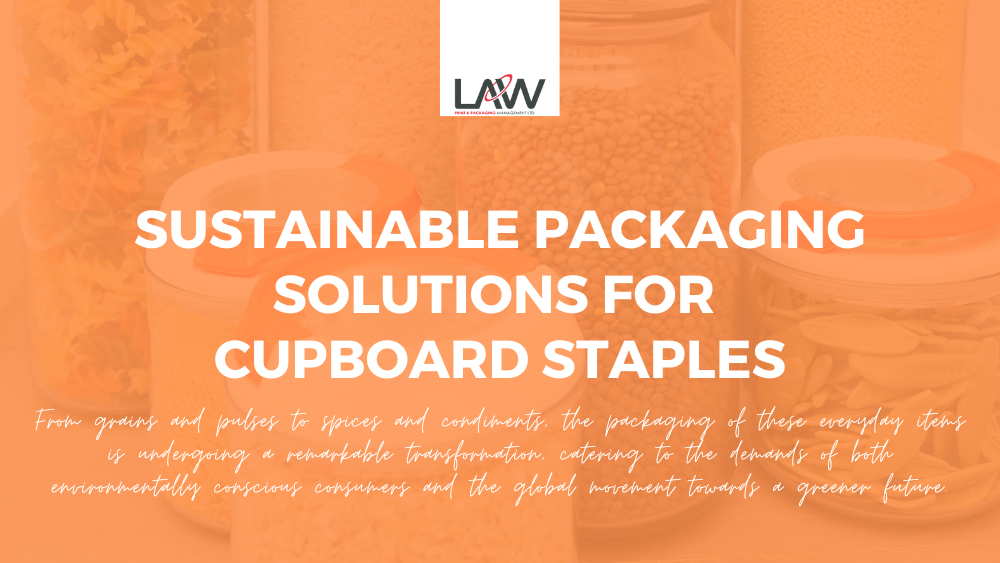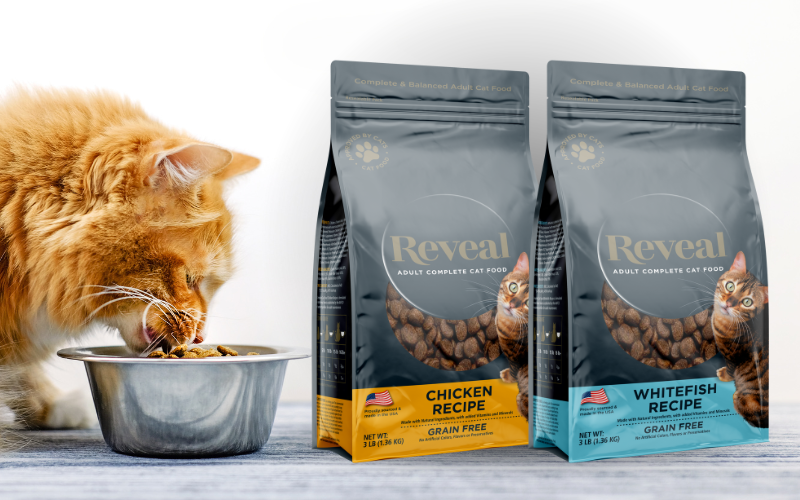The focus on eco-friendly practices has extended to all facets of daily life, including the packaging of pantry essentials.
With the growing concern over the impact of packaging waste on the planet, the need for innovative and sustainable packaging solutions for cupboard staples has become more pressing than ever. From grains and pulses to spices and condiments, the packaging of these everyday items is undergoing a remarkable transformation, catering to the demands of both environmentally conscious consumers and the global movement towards a greener future.
Recognising the imperative need for change, various companies have pioneered the development of sustainable packaging solutions that not only ensure product freshness but also minimise their carbon footprint.
Here, we delve into some of the most remarkable and cutting-edge innovations in sustainable packaging for cupboard staples that are reshaping the way we store and consume essential kitchen items.
Compostable and Biodegradable Materials: The emergence of compostable and biodegradable packaging materials, such as plant-based plastics, has changed the packaging industry. These materials, derived from renewable resources like corn starch and sugarcane, offer a viable alternative to traditional plastic packaging, significantly reducing the carbon footprint associated with the disposal of pantry essentials. It is worth noting that not all products can be packed in this type of packaging.
Recyclable and Reusable Packaging: Many companies have started utilising recyclable materials for their packaging, promoting a circular economy where materials can be reused or repurposed. Some innovative designs feature packaging that can be repurposed for various household needs, encouraging consumers to engage in sustainable practices and minimise waste production.
Minimalist and Eco-Friendly Designs: By adopting minimalist packaging designs, companies are reducing the overall environmental impact of their products. Streamlined and eco-friendly packaging not only conserves resources during production but also reduces the amount of waste generated, fostering a culture of sustainability and environmental consciousness among consumers.
Smart Packaging Technology: Incorporating smart packaging technology has enabled the development of solutions that extend the shelf life of pantry staples, reducing food waste and promoting sustainable consumption. Features such as temperature control, moisture regulation, and oxygen absorption help maintain the freshness and quality of cupboard essentials, ensuring minimal product spoilage and optimizing resource utilization.
Bulk and Refillable Packaging: The concept of bulk and refillable packaging has gained traction as a sustainable alternative to single-use packaging. Many stores and brands now offer the option to purchase pantry staples in bulk, encouraging consumers to use reusable containers and reduce the consumption of disposable packaging materials.
As the demand for sustainable packaging continues to gain momentum, the integration of these innovative solutions into the packaging of cupboard staples is indicative of a larger shift toward a more environmentally conscious approach to daily living. By prioritizing sustainable practices and embracing these pioneering packaging solutions, both consumers and businesses alike are contributing to the preservation of our planet for future generations.
With sustainability at the forefront of consumer consciousness, the evolution of packaging for cupboard staples serves as a testament to the transformative power of innovation in driving positive change. As we continue to witness the advancement of these sustainable packaging solutions, we are reminded of the vital role each individual plays in building a more sustainable and eco-friendly future for our planet.
If your brand is looking to invest in packaging, we will guide you through the entire print process. Providing recommendations to improve efficiency, reduce costs and add untold value to the end product.
Contact us on +44 (0) 161 440 7302 or follow this link to complete our contact form.


